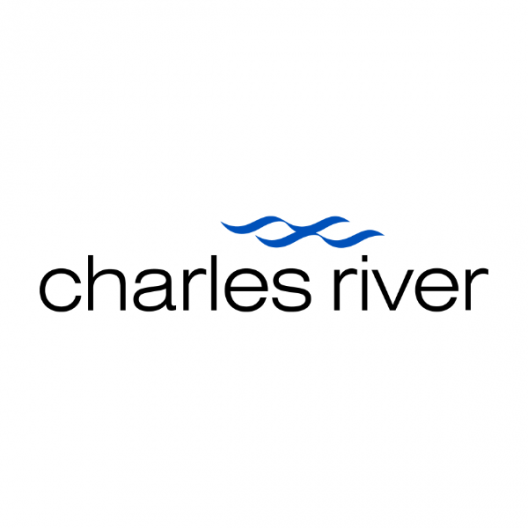
Charles River Celebrates a Few Notable Scientists of Asian and Pacific Islander Descent
In honor of AAPI Heritage Month, we wish to celebrate a few notable scientists of Asian and Pacific Islander descent from around the world
Malaria Researcher Wins Nobel Prize

Chinese
scientist Tu Youyou, the first Chinese woman to win a Nobel Prize, found a
modern cure in an ancient remedy. During the Vietnam War in the late 1960s,
Communist leader Mao Zedong made it a priority to find a treatment for the
deadly mosquito-borne disease malaria. The disease was devastating for soldiers
on both sides, and finding a treatment was a high priority for both. Tu had
dedicated her education and career to the study of ancient medical texts,
studying and then working at the Academy of Traditional Chinese Medicine. In
1969, her training in ancient medicine and the modern need for malaria
treatment collided when she was appointed the head of the top secret “Project
523.” By isolating the active compound in sweet wormwood, known now as
artemisinin, and successfully extracting it without damaging the compound, Tu
found a successful treatment for malaria. Her work was recognized with the 2015
Nobel Prize in Physiology or Medicine.
Mapping the Brain, One Neuron at a Time

Physicist/Neuroscientist/Computer Scientist
Hyunjune Sebastian Seung, PhD, is most known for bringing his multidisciplinary
approach to the study of the “connectome” – the
detailed model of all of the neural connections in the brain. Though he began
his educational career and earned his PhD in physics, he switched his focus to
neuroscience in 2005. His main research focus is studying and mapping the
intricate “wiring” of the brain. His goals range from the practical – using a
citizen-science based online game “Eyewire”
to produce a full map of the human brain – to the speculative – proposing that
many mental illnesses could be treated or even prevented if we could “rewire”
the brain. He currently runs his lab through
Princeton University.
Chinese American Medical Pioneer

Chinese American physician Tsai-Fan
Yu was the first woman to be appointed a full professor at Mount Sinai
School of Medicine in 1973. She earned her medical degree in 1936 from Peking
Union Medical College and moved to the US in 1947. Her most famous
contributions were for treatments for gout, which she helped found a lab to
study in the 1950s. Her research demonstrated the connection between gout and a
buildup of uric acid in the body, and she worked on two drugs in the 50s and
60s – colchicine and allopurinol – which are still in use to treat gout
patients.
More Sensitive Cancer Diagnostics

Vietnamese American scientist Dr. Tuan Vo-Dinh combines photonics, biomedical engineering, and chemistry in his research for Duke University. He is known for developing sensitive cancer and disease screening techniques with gene probes, as well as employing tools like nano-biophotonics, nanosensors, laser spectroscopy, molecular imaging, chemical sensors, biosensors, and biochips (to name a few). He also patented a personal dosimeter that uses surface-enhanced Raman scattering (SERS) to detect vapors of organic chemicals, which can be worn by people working in hazardous areas to warn them of toxic levels of chemicals.

